Apple pushing new industry standard for even smaller SIM cards
An executive with European wireless carrier Orange shared the details on Tuesday with Reuters. Anne Bouverot, Orange's head of mobile services, said the carrier supports Apple's proposed standard.
"We were quite happy to see last week that Apple has submitted a new requirement to (the European Telecommunications Standards Institute) for a smaller SIM form factor — smaller than the one that goes in iPhone 4 and iPad," she reportedly said at the Global Technology Summit in Paris.
Apple has apparently pursued the new standard with the backing of "some major mobile operators," including Orange. It was not revealed what other companies are supporting Apple's proposal.
Micro-SIM cards were first adopted by Apple last year in the first-generation iPad. Later in 2010, the iPhone 4 also utilized the new, smaller Micro-SIM card.
Late last year, it was said that Apple was developing its own open embedded SIM card that would work with multiple carriers. That change would have allegedly allowed customers to shop for mobile service directly from an Apple Store, eliminating the need for users to work with the carriers.
But Apple was said to have abandoned those plans after carriers in Europe allegedly threatened to cut subsidies. Mobile operators reportedly accused Apple of trying to wrest control of customers away from the carriers.
While the embedded SIM plan allegedly fell apart with strong opposition from carriers, Apple is apparently taking a more partnership-driven approach with its new proposal — and carrier backing — for a smaller, standardized SIM card.
 Katie Marsal
Katie Marsal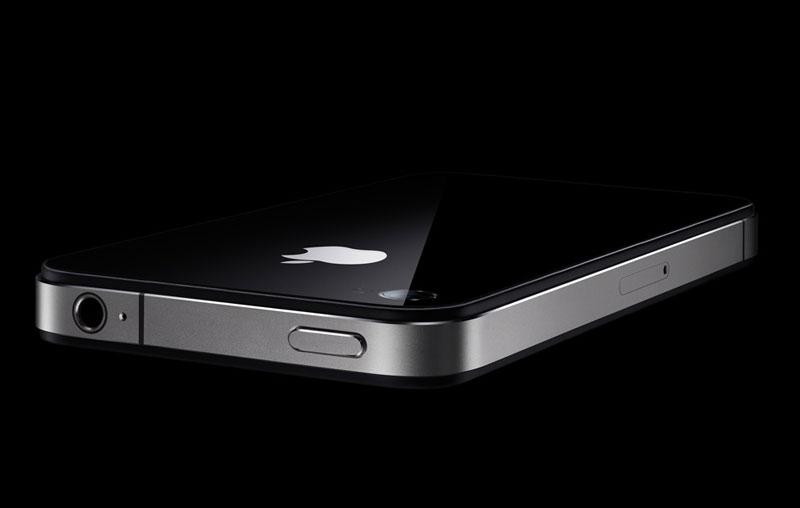

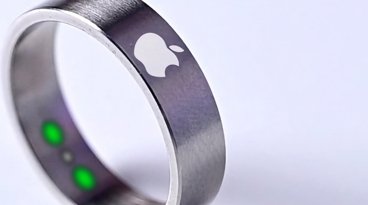


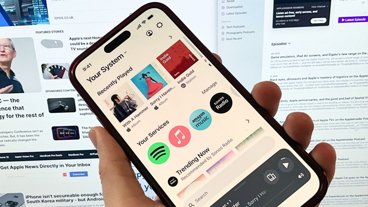



 Amber Neely
Amber Neely
 Thomas Sibilly
Thomas Sibilly
 AppleInsider Staff
AppleInsider Staff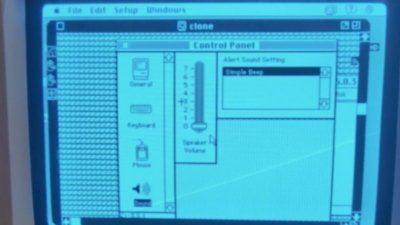
 William Gallagher
William Gallagher
 Malcolm Owen
Malcolm Owen
 Christine McKee
Christine McKee
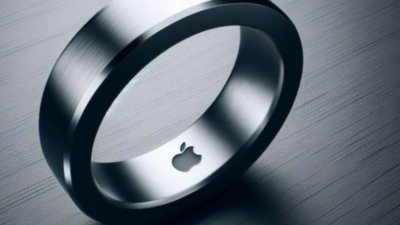



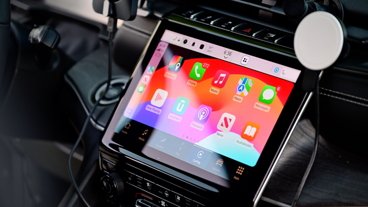
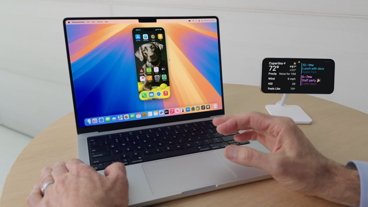




42 Comments
good.
Lest anyone think that Micro-SIM cards are some sort of Apple-only proprietary format, it was originally conceived in 1998 and was standardized in 2003 by the UMTS Working Party. Apple simply adopted it first (while the other handset manufacturers sat timidly on the sidelines worried about backward compatibility).
http://en.wikipedia.org/wiki/Micro_SIM#FormatsThat article also includes a photo of the actual 'chip', without the plastic carrier:
http://en.wikipedia.org/wiki/File:Di..._Card_Film.JPG
As can be seen, there's a lot of room for further miniaturization without even having to shrink the chip itself (which could probably be reduced quite a bit further these days).
Micro SIM looks to have failed to gain the attention of other manufacturers and rightly so - it isn't THAT much smaller than a standard SIM.
While I'm all in favor of lessening carrier control over the devices we use, or how we use them, I don't like this anorexic drive to make devices so thin. The current iPod Touch is already thin enough imo, thinner would mean having to get unnecessary/unwanted adapters to use with my current accessories.
Late last year, it was said that Apple was developing its own open embedded SIM card that would work with multiple carriers. That change would have allegedly allowed customers to shop for mobile service directly from an Apple Store, eliminating the need for users to work with the carriers.
I find it irritating that carriers can still slow down the pace of technology, such as the embedded SIM ,..in today's world a Sim card is soooo old hat,.. do you really think we will still be inserting SIM cards in our devices in a few years time ,..
Its about time that the carriers woke up and smelt the coffee,..
Come on Steve Jobs, ignore the carriers, implement the embedded SIM its a great idea ,...